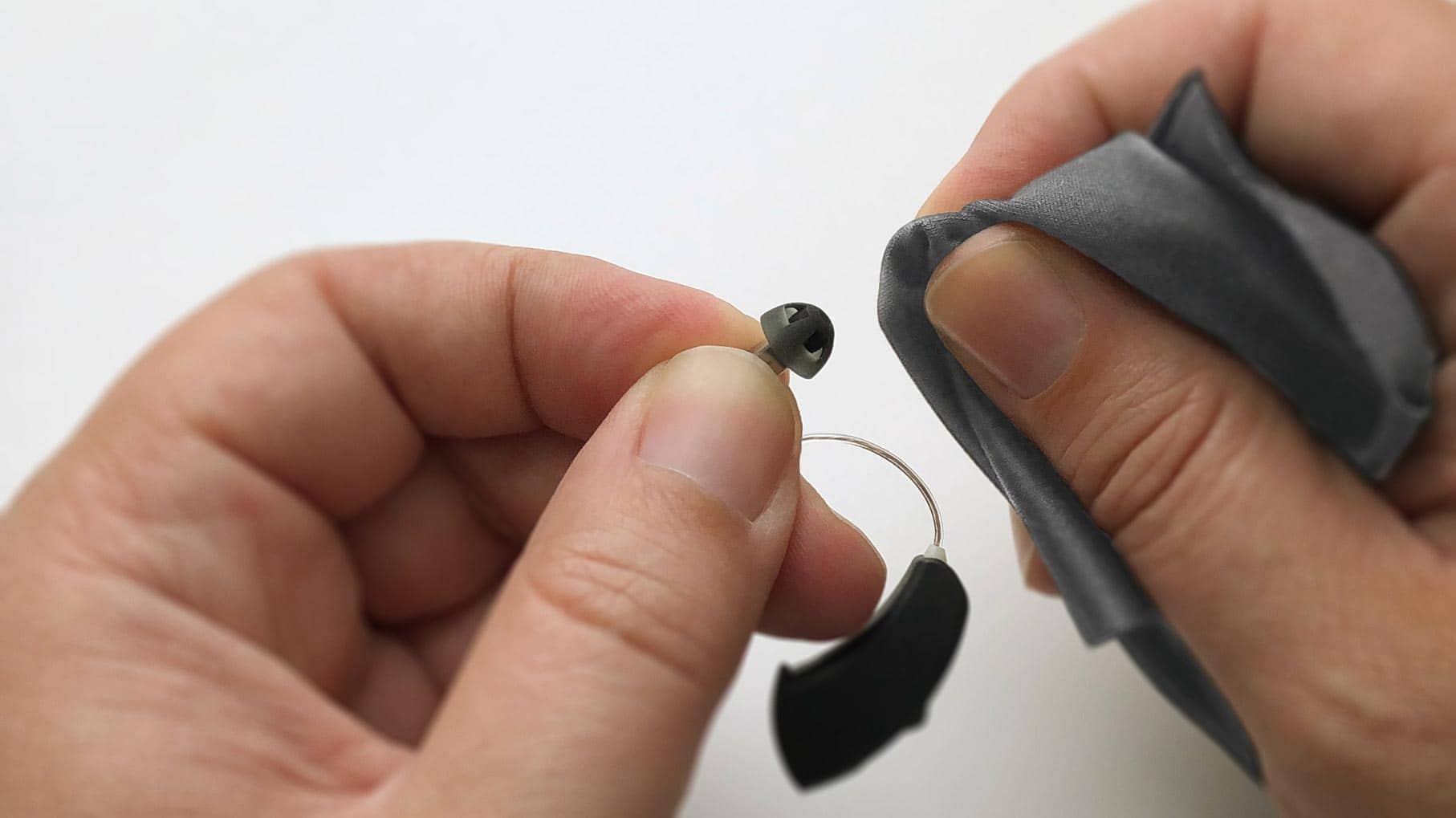How to Clean Your Hearing Aid?
Cleaning is the most crucial type of hearing aid maintenance. When you fail to clean your hearing aid, dirt and wax accumulate, which can cause many problems. Everything from feedback to reduced performance can be caused by a hearing aid that has not been adequately cleaned. The steps to cleaning your hearing aid include:

Can You Use Alcohol Swabs or Cleaning Solvents?
No, do not use solvents or alcohol on the hearing aids as there is a possibility that they can break down the hearing aid material. There are special sprays you can purchase that are designed specifically for the cleaning and disinfecting of hearing aids. Talk to your audiologist about these products.
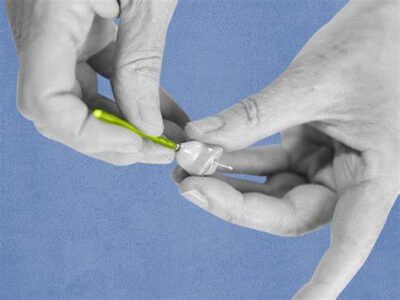
Is the Cleaning Procedure Different for Behind-the-Ear Hearing Aids?
The basic cleaning procedure is the same. The only real difference is that there is an earmold. There are no electronics in this portion of the hearing aid, so you can wash it gently with warm, soapy water. After rinsing them, dry them with a soft cloth. There are also special sanitizer sprays made for hearing aid earmolds that your audiologist can direct you to if further cleaning is desired.
Please note this advice does not apply to “receiver in canal” or “receiver in the ear” hearing aids as there are electronics in the earmold portion. In this case, there is usually a removable wax guard to protect the electronics and your audiologist can show you how to change this as needed.
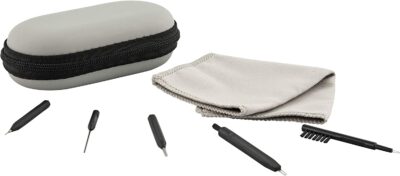
What Precautions Can You Take?
Don’t allow the hearing aids to get wet. Avoid showering, bathing, or going into the swimming pool or sauna with the hearing aids in your ears.
If your hearing aids get wet, do not dry them in the oven or microwave, or with a hairdryer. Heat can damage hearing aids.
To dry the hearing aid, simply open the battery door and allow it to dry out on its own. There are also special dehumidifiers or desiccants available that do a good job drying out the hearing aid. Talk to your audiologist about these items.
Never store hearing aids near direct sunlight or a heat source, and don’t store them in your car during hot days.
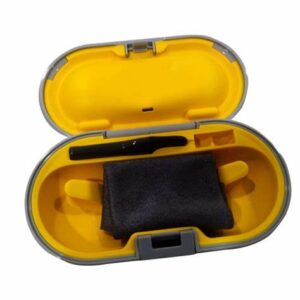
Don’t drop your hearing aids. If a hearing aid falls on a carpet, rug, or upholstered furniture it usually will not cause the aid any harm. Hard surfaces such as wood floors or countertops could damage the hearing instruments. Some people start with a pillow on their laps or a towel on the table or counter while they are learning to insert the hearing aids in their ears.
Don’t use hair sprays, creams, or gels on your hair while wearing the hearing aids. These can clog the microphone and damage the plastic. Use your hair products first and then insert the hearing aids.
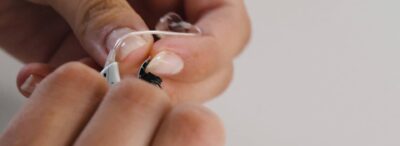
Don’t store your hearing aids where young children or pets can reach them. Pets can destroy your investment in a matter of seconds. Young children like to experiment with hearing aids and can accidentally swallow the batteries. If a child swallows a hearing aid battery, immediately notify the doctor and call the National Button Battery Hotline at 1-800-498-8666.

